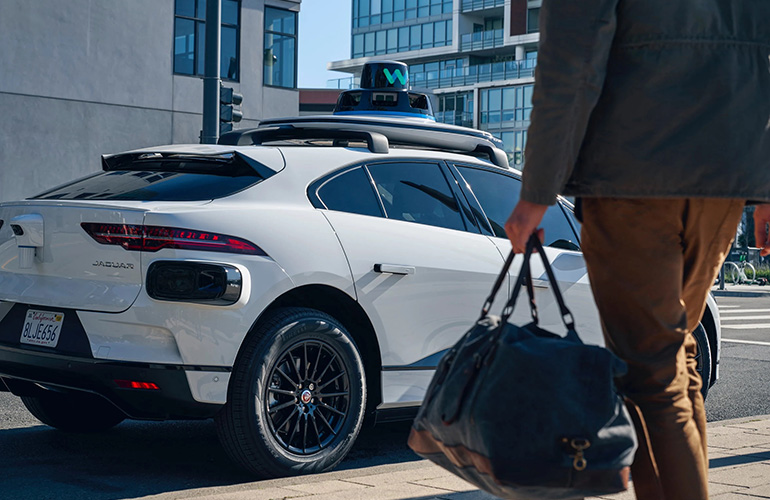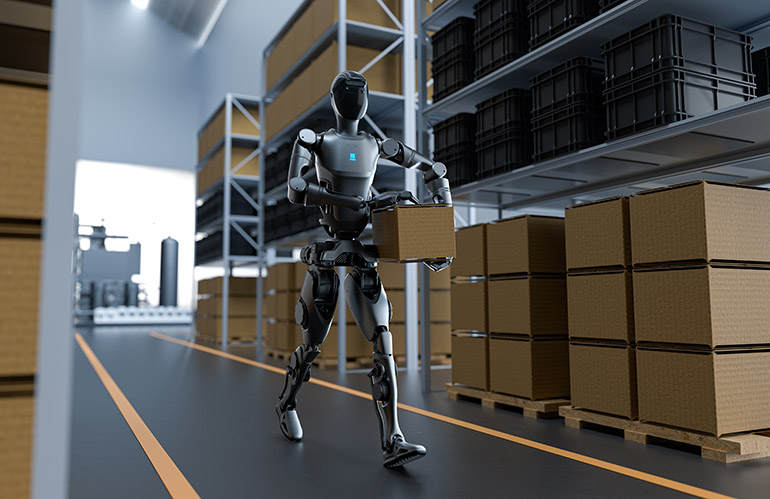Waymo is ditching its waitlist and allowing anyone to hail a Waymo robotaxi in San Francisco. | Source: Waymo
Starting today, anyone in San Francisco can hail a robotaxi using Waymo LLC’s app. The company has been operating in the city for years now, slowing scaling its operations. In total, nearly 300,000 people, including those who live, work, and visit San Francisco, have signed up to ride since the company first opened its waitlist.
Before today, Waymo has welcomed new riders incrementally in the city, and now it’s opening its services to everyone. The Mountain View, Calif.-based Alphabet Inc. subsidiary said in a blog post that it is already completing tens of thousands of weekly trips in San Francisco. The company claimed that its Waymo One service provides safe, sustainable, and reliable transportation to locals and visitors to the city.
“I’m thankful to be living in a city that embraces technology when it can improve our lives with convenient and safe modes of transit,” stated Michelle Cusano, Executive Director at The Richmond Neighborhood Center.
Waymo has been hard at work expanding its robotaxi operations in several cities this year. Earlier this month, it expanded its service in Phoenix, its largest service area. The company added 90 square miles (233 sq. km) to what was already its largest service area in metropolitan Phoenix.
Waymo said its riders can now hail Waymo One service across 315 square miles (815.8 sq. km) of the Valley. The expanded service area covers more of Scottsdale’s resorts and expands to downtown Mesa, Ariz. This gives riders access to desert attractions, golf courses, and downtown destinations such as the Mesa Arts Center and Pioneer Park.
How are riders using Waymo One in SF?
Waymo recently conducted a rider survey to learn about where its users are going in its robotaxis. The company reported that about 30% of its rides in San Francisco are to local businesses.
In addition, over half of the riders said they’ve used Waymo in the past couple of months to travel to or from medical appointments. The company asserted that this highlights the value of personal space during these trips.
Interestingly, 36% of riders in San Francisco said they used Waymo to connect to other forms of transit, like BART or Muni.
“I enjoy riding in Waymo cars and appreciate the ease of transportation,” said Charles Renfroe, development manager at Openhouse SF. “Members of our community, especially transgender and gender non-conforming folks, don’t have to worry about being verbally assaulted or discriminated against when riding with Waymo.”
Waymo’s fleet is all-electric and sources 100% renewable energy from the City’s CleanPowerSF program. Since the beginning of its commercial operations in August 2023, the company said its rides have helped curb carbon emissions by an estimated 570,000 kg (628,317 tons).
Robotaxi hits rough roads in Phoenix
Earlier this month, Waymo issued a voluntary software recall for all of its 672 robotaxis after one autonomously drove into a telephone pole in Phoenix last month. This was Waymo’s second-ever recall.
During the incident, which took place on May 21, an empty Waymo vehicle was driving to pick up a passenger. To get there, it drove through an alley lined on both sides by wooden telephone poles that were level with the road, not up on a curb. The road had longitudinal yellow striping on both sides to indicate the path for vehicles.
As the vehicle pulled over, it struck one of the poles at a speed of 8 mph (12.8 kph), sustaining some damage. No passengers or bystanders were hurt, said Waymo.
After completing the software update, the company filed the recall with the National Highway Traffic Safety Administration (NHTSA). Waymo said this update corrects an error in the software that “assigns a low damage score” to the telephone pole. In addition, it updates the company’s map so its vehicles can better account for the hard road edge in the alleyway that was previously not included.
Waymo’s engineers deployed the recall at its central depot to which its robotaxis regularly return for maintenance and testing. It was not an over-the-air software update.

 6 months ago
84
6 months ago
84









 English (US) ·
English (US) ·